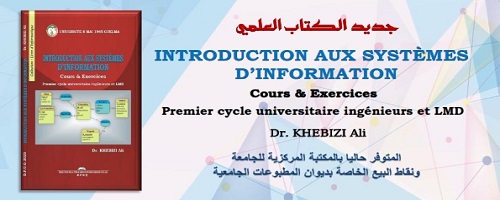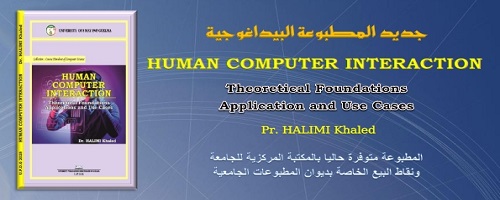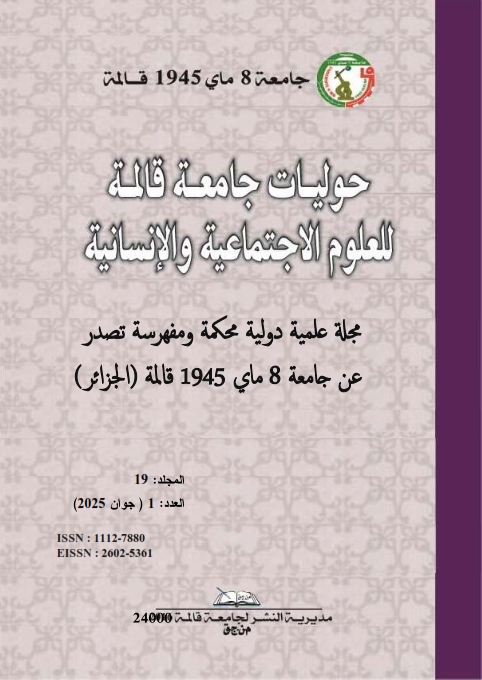توظيف الشخصيات الأسطورية ودلالاتها في أشعار نجاح إبراهيم
المجلد 14-العدد2-جوان 2020
عذراء دریس ath.deris@gmail.com علي خضري alikhezri@pgu.ac.ir
يُعدُّ توظيف التراث من أبرز السّمات والأساليب الفنية في الأدب وله مكانة مرموقة عند شعراء العرب المعاصرين، وقد أقبل الكثير من الأدباء والشعراء على التراث ولا سيّما توظيف الشخصيات التراثية، واهتدى لها ولأشكالها المختلفة، فمنهم الشاعرة السورية نجاح إبراهيم التي خطت بخُطاها في هذا الطريق واستلهمت التراث في أشعارها بشتّى أنواعه. وتؤدِّي الشخصيات أثراً بليغاً في قصائد الشاعرة وتُلقي بالكثير من الدِّلالات والتعابير في ذهن المتلقِّي. نهدف في هذا البحث الّذي اعتمدت خطته على المنهج الوصفي-التحليلي إلى دراسة الشخصيات الأسطورية الّتي استدعتها نجاح إبراهيم في دواوينها الشعرية ودلالاتها التي عبَّرت من خلالها عن خلجات نفسها، منها: شخصيات أوتنوباشتيم، واللاماسو، وبينلوب، وتاييس، وفينيق، وسيزيف، وأبو الهول. وقد توصّلنا بعد تطرُّقنا لهذه الشخصيات إلى أنَّ غالباً ما استعارت الشاعرة الشخصيات الأسطورية لتعبِّر بها عن الأنثى وجمالها؛ كما وظّفت شخصية تاييس رمزاً للمرأة الجميلة والقادرة على إغواء الرّجل، واستدعت شخصية أبي الهول دلالةً على جمود الرّجل إزاء جمال المرأة. ونلاحظ استحضارها لشخصية سيزيف وصخرته في القصائد تجسيداً لمعاناتها. كلمات مفتاحية: الشعر العربي المعاصر، التراث، توظيف، الشخصية الأسطورية، نجاح إبراهيم.
L'emploi du patrimoine est l'une des caractéristiques et des méthodes artistiques les plus importantes de la littérature, et il occupe une place prépondérante parmi les poètes arabes contemporains. De nombreux écrivains et poètes ont adopté le patrimoine, en particulier l'emploi de personnages du patrimoine, et les ont guidés ainsi que leurs diverses formes, y compris le poète syrien najāh ibrāhīm, dont le succès a ainsi inspiré le patrimoine et inspiré le patrimoine. Dans ses poèmes de toutes sortes. Les personnalités exercent une grande influence sur les poèmes du poète et jettent de nombreuses indications et expressions dans l'esprit du destinataire. Dans cette recherche dont le plan s'appuyait sur la méthode descriptive-analytique, nous visons à étudier les personnages mythiques najāh ibrāhīm a invoqués dans ses recueils de poésie et leurs connotations à travers lesquelles elle a exprimé les mêmes qualités, notamment: les personnages Autobaschtim, Llamas, Penelope, Taise, Phinec, Sisyphus et Sphinx. Après avoir abordé ces personnages, nous avons conclu que le poète empruntait souvent des personnages légendaires pour exprimer la femme et sa beauté; le personnage Taise employait également un symbole de la belle femme capable de séduire l'homme, et le personnage du Sphinx appelait à une indication de l'immobilité de l'homme envers la beauté de la femme. On note son invocation de la personnalité de Sisyphe et de son rocher dans les poèmes comme incarnation de sa souffrance. Mots-clés: poésie arabe contemporaine, patrimoine, emploi, personnage légendaire, najāh ibrāhīm.
The employment of heritage is one of the most prominent features and artistic methods in literature and has a prominent position among contemporary Arab poets. Many writers and poets have come to heritage, especially the employment of heritage figures, and guided them and their various forms. In her poems of all kinds. The personalities exert a great influence on the poems of the poet and cast many indications and expressions in the mind of the recipient. In this research whose plan relied on the descriptive-analytical method, we aim to study the mythical characters that najāh ibrāhīm invoked in her poetry collections and their connotations through which she expresses the same conclusions, including: Utnapishtim characters, llamas, Penelope, Taise, Phinec, Sisyphus, and Sphinx. After touching on these characters, we concluded that the poet often borrowed legendary characters to express the female and her beauty; the Taise character also employed a symbol of the beautiful woman who is able to seduce the man, and the Sphinx's character called for an indication of the man's immobility towards the beauty of the woman. We note her invocation of the personality of Sisyphus and his rock in the poems as an embodiment of her suffering. Keywords:Contemporary Arab poetry, employment, the legendary character, najāh ibrāhīm.




